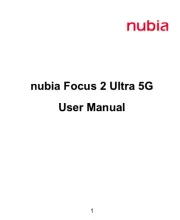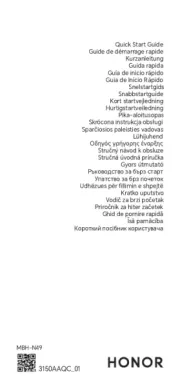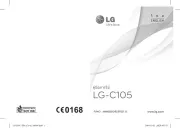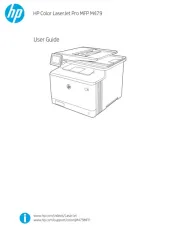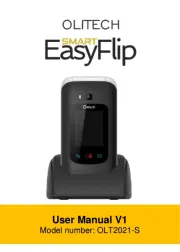Motorola Tundra VA76r Manual
Læs gratis den danske manual til Motorola Tundra VA76r (230 sider) i kategorien Smartphones. Denne vejledning er vurderet som hjælpsom af 11 personer og har en gennemsnitlig bedømmelse på 4.9 stjerner ud af 6 anmeldelser.
Har du et spørgsmål om Motorola Tundra VA76r, eller vil du spørge andre brugere om produktet?

Produkt Specifikationer
| Mærke: | Motorola |
| Kategori: | Smartphones |
| Model: | Tundra VA76r |
Har du brug for hjælp?
Hvis du har brug for hjælp til Motorola Tundra VA76r stil et spørgsmål nedenfor, og andre brugere vil svare dig
Smartphones Motorola Manualer
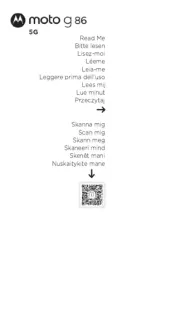
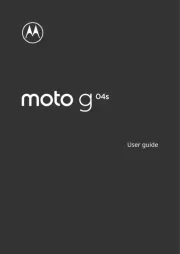

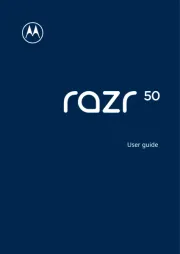
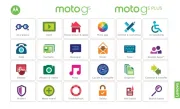
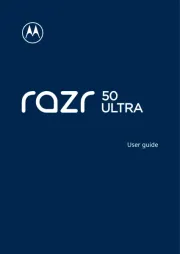
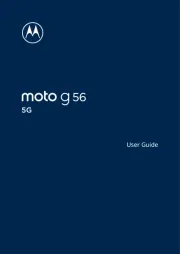
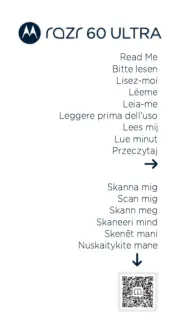
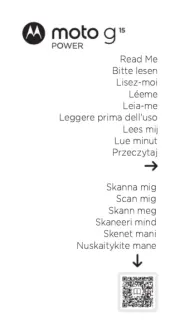

Smartphones Manualer
- HP
- Intex
- Tesla
- Sony Ericsson
- Oukitel
- Crosscall
- Unitech
- Aiwa
- Bush
- Vivo
- Garmin
- Sanyo
- Sony
- Sonim
- Micromax
Nyeste Smartphones Manualer
